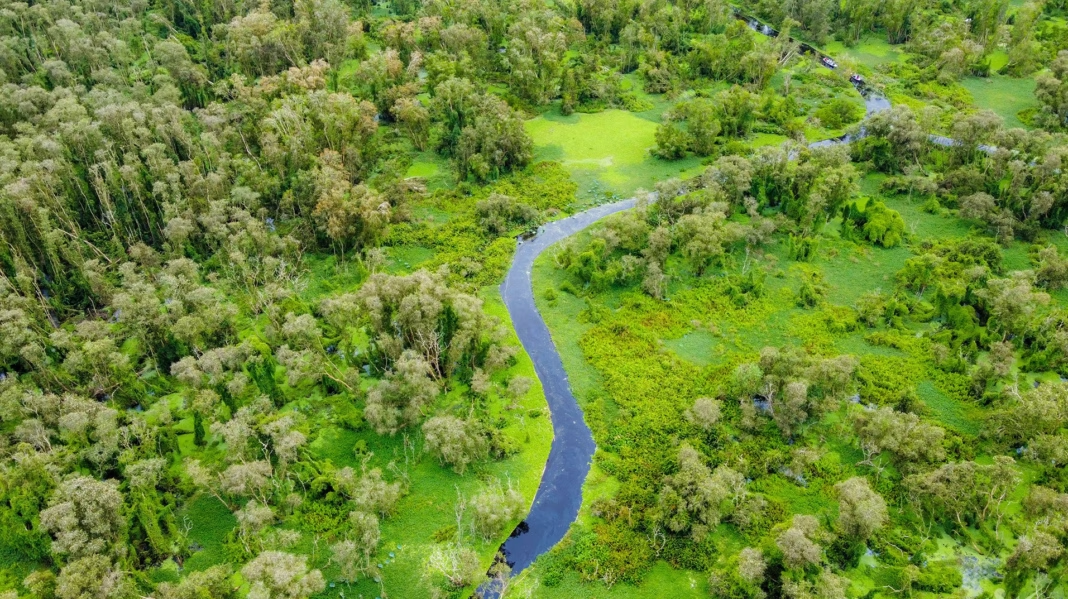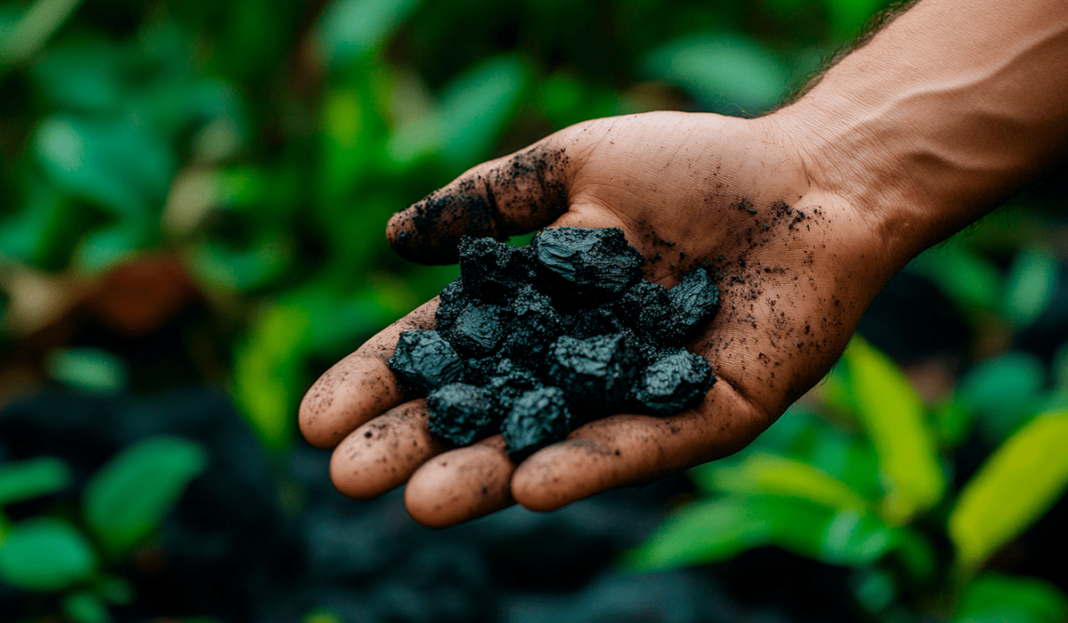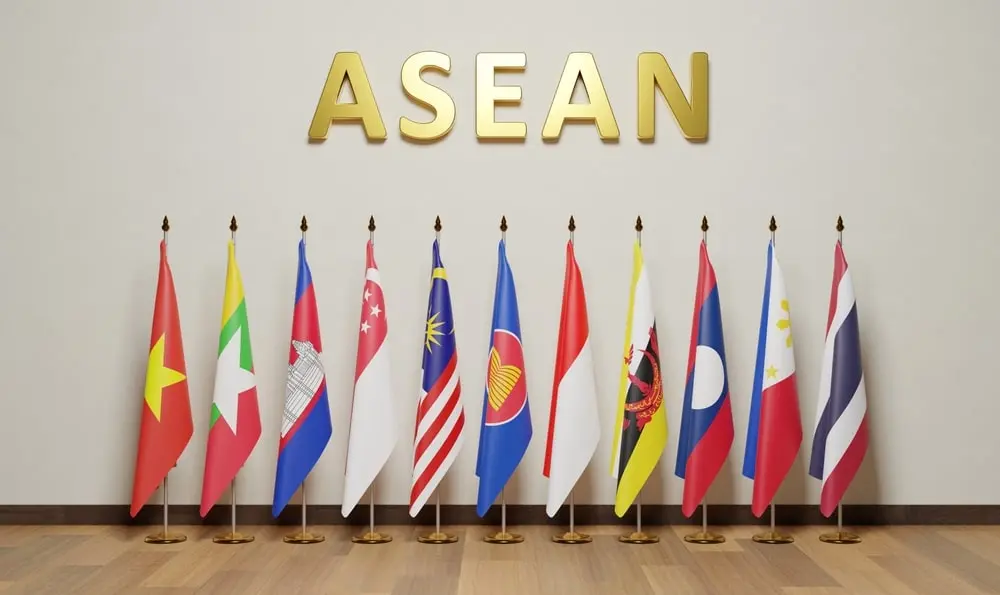Forestry is the leading sector for carbon credit certification in Vietnam, with 10.3 million credits traded through the World Bank. This is followed by wind power and biogas.
Currently, Vietnam has 116 projects registered, awaiting validation or certification for carbon credits, according to data from Gold Standard and Verra. Among these, 40 projects have been certified, issuing 10.7 million credits annually.
What Are Carbon Credits?
A carbon credit is a tradable permit or certificate that allows the holder to emit one ton of CO2 or an equivalent amount of another greenhouse gas.
Breakdown by Sector
Forestry, with a single large-scale project, generates the most annual carbon credits. This project, the largest in Vietnam, has sold 10.3 million forest carbon credits (equivalent to 10.3 million tons of CO2) through the World Bank. At $5 per ton, the project earned $51.5 million (approximately VND 1,200 billion) for the emission reductions achieved between February 2018 and December 2019. This translates to an average of 5.4 million carbon credits sold annually.
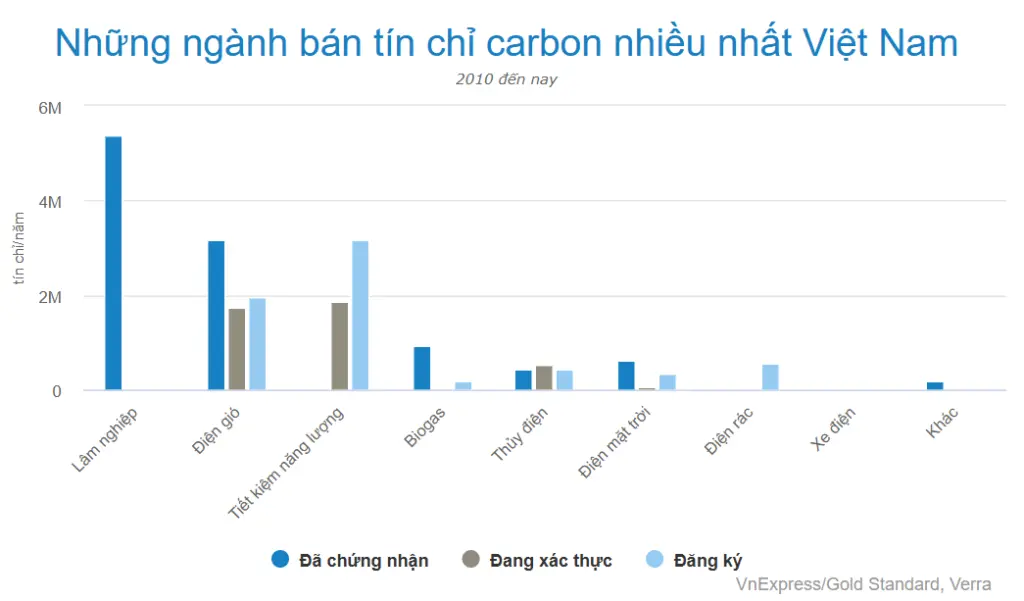
Other notable sectors include:
- Wind power: ~3.2 million credits
- Biogas: ~928,000 credits
Hydropower and Emerging Sectors
Hydropower has the most enterprises registering, validating, and certifying projects, with 12, 9, and 13 projects, respectively. It also dominates the Certified Emission Reductions (CERs) certified before 2020 under the Clean Development Mechanism (CDM), mainly from small-scale hydropower projects.
Two new sectors have emerged in the past two years:
- Waste-to-energy (WTE): The Sóc Sơn WTE plant, owned by Thiên Ý Environmental Energy, registered in August last year, aims to issue over 544,000 credits annually. WTE is also being explored by VinaCapital, though regulatory uncertainties pose challenges.
- Electric vehicles (EVs): Selex Motor is a key player in this field.
Major Certified Entities
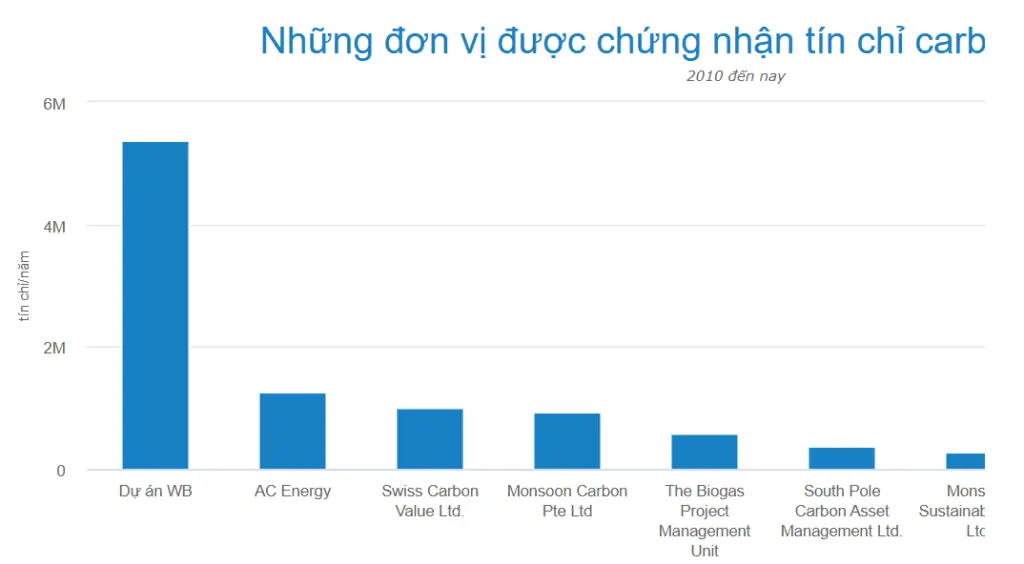
The leading organizations certified for carbon credits in Vietnam include:
- World Bank Project: 5+ million credits
- AC Energy, Swiss Carbon Value Ltd., Monsoon Carbon Pte Ltd., and others with significant contributions.
Vietnam first received carbon certification in 2010 through a biogas program led by the Ministry of Agriculture and Rural Development and the Netherlands Development Organization (SNV). This project sold over 3 million Verified Emission Reductions (VERs) between 2010 and 2016.
Shift in Certification Standards
Before 2020, CERs dominated in Vietnam. Post-2020, VERs and Verified Carbon Standard (VCS) credits, issued by Verra, have gained prominence. Verra provides a framework for independently verifying emission reductions, while Gold Standard ensures projects bring environmental and social benefits.
Creating a Carbon Credit Project
According to Associate Professor Dr. Nguyễn Đình Thọ, a carbon credit project takes 3–5 years to mature, involving:
- 18 months for a feasibility study
- 2–3 years for implementation
- 6 months for auditing
Future Potential in Forestry
Forestry remains a promising sector, particularly in blue carbon, which involves carbon absorption by marine and coastal ecosystems. With 200,000 hectares of mangroves, Vietnam is among the world leaders in mangrove coverage. Each hectare absorbs approximately 24.8 tons of CO2, translating to $124–$248 in economic value per ton.
Sources: Thủy Trương – Vnexpress



